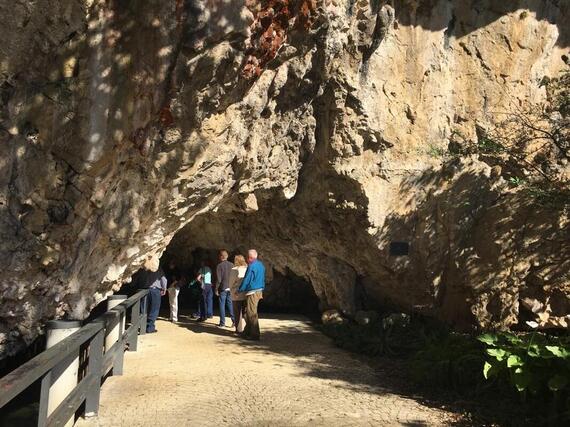 I squat in total darkness, my right hand holding fast to cold metal railing. Suddenly, the guide’s flashlight spotlights a horse’s head, sketched in black thousands of years ago, yet still distinct. My heart swells and my eyes fill. I can’t understand very many words of the Spanish guide. So I just let the feeling of connection and reverence wash over me. I soak up the detail in the features of the horse and its bushy mane. The spotlight moves to the right and captures a full horse, purple, outlined in black, with another horse of the same type directly to its right. Below them, in a wall of red ochre, are other animals—horses, reindeer, and smaller deer. I am looking at original art, history preserved and remembered. I sense a link pulling me toward the past, thousands of years ago. This experience in Tito Bustillo Cave changed me forever. I felt many of the same feelings as Jean-Marie Chauvet, Eliette Deschamps, and Christian Hillaire when they saw the first paintings in Chauvet Cave in 1994. Suddenly, as Eliette’s gaze swept the wall, she gave a cry: in the beam of her lamp she had just made out two lines of red ochre, a few centimetres long. We joined her with beating hearts. On turning round, we immediately spotted the drawing of a little red mammoth on a rocky spur hanging down from the ceiling. We were overwhelmed. Henceforth our view of the cave would never be the same. Prehistoric people had been here before us. (Chauvet, Deschamps, and Hillaire, Dawn of Art: The Chauvet Cave) Even if you don’t have ancient paintings or petroglyphs close to you, it’s possible to recreate some of those feelings with a physical or virtual field trip. Then apply what you have seen, felt, or learned with other media and applicational activities to round out your experience. If you are just beginning your study with History as the Hook, you might begin with cave art. It is one of the first evidences we have of human creative and communal life. I’d like to walk you through the creation of a Personal/Family Study Plan, using my visit to Tito Bustillo Cave as the Core Source. You may choose to use a cave near you, a virtual tour of a famous cave, or a book with loads of pictures and information. Let’s begin! 1-Choose a Topic and a Core Source. We will begin with the Topic European Cave Art. And we’ve already established the Core Source to be the Tito Bustillo Cave. 2-Connect Other Sources, Topics, Timelines, and Maps. Next, we look for sources that could also be used a Core Source. I call them Parallel Sources. It’s wise to start studying a subject with at least three sources, just to get a feel for the Topic, round out your research, and see if there are differences in opinion. I will add a small book I picked up in the Tito Bustillo Cave bookstore, The Tito Bustillo Cave, and the cave’s website to my list of Parallel Sources. In gathering Parallel Sources, you will come across other sources that add to your Topic but are not really Parallel Sources. In our case, they may be books or websites about other caves. Or other physical caves we might visit. Or books about geology or cave creatures. These are Connected Sources. Make a list of these, as they will be helpful as you branch out into further research or ideas for applications or In-Depth Topics. Also, keep a list of Connected Topics you find in your study that you may want to explore further. Then find or create Timelines or Maps that pertain your Topic. If you are keeping a Time Period Timeline or Book, add the Timelines and Maps to it. The meaning of life is to find your gift. The purpose of your life is to give it away. 3-Cultivate GREAT-ness and Purpose.
The last step we will discuss in this post is Cultivating for GREAT-ness and Purpose. As you may have guessed GREAT-ness is an acronym for “Good, Right, Excellent, And True.” Once you have gathered resources and started thinking of connections and applications, slooow down! Be sure to Curate your lists for resources and activities that are GREAT and that inspire you or your students to follow your Purpose Path. Think of virtues and habits you or your students need to practice or acquire. Add them into your list of Connected Topics. “The meaning of life is to find your gift,” said Pablo Picasso. “The purpose of your life is to give it away.” Education is about finding one’s gift and figuring out how to give it away. So, be certain that the resources and activities you have gathered enrich the lives of those who are studying the Topic. And maybe think about how to give that enrichment away to others, as part of your applicational activities list. Stay tuned for the other half of Tito Bustillo Cave: Create a Personal Study Plan from a Visit to a Cave.
0 Comments
Leave a Reply. |
AuthorBonjour! I'm Bonnie. I love learning, travel, reading, writing, photography, and all things French. I am especially passionate about agency education, the humanities, and using history as the hook for all learning! Archives
July 2021
TopicsAll Agency How To How-to Mentoring |
|
©History is the Hook, 2021
|
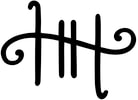
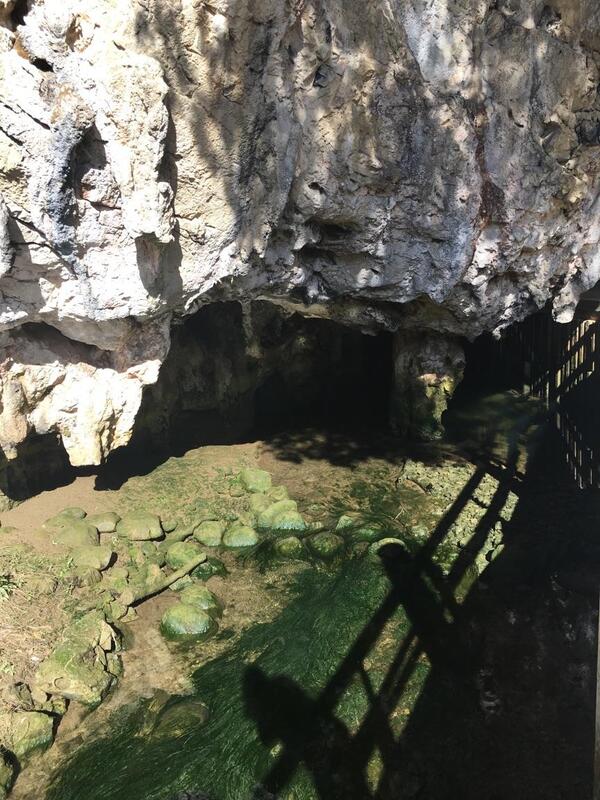
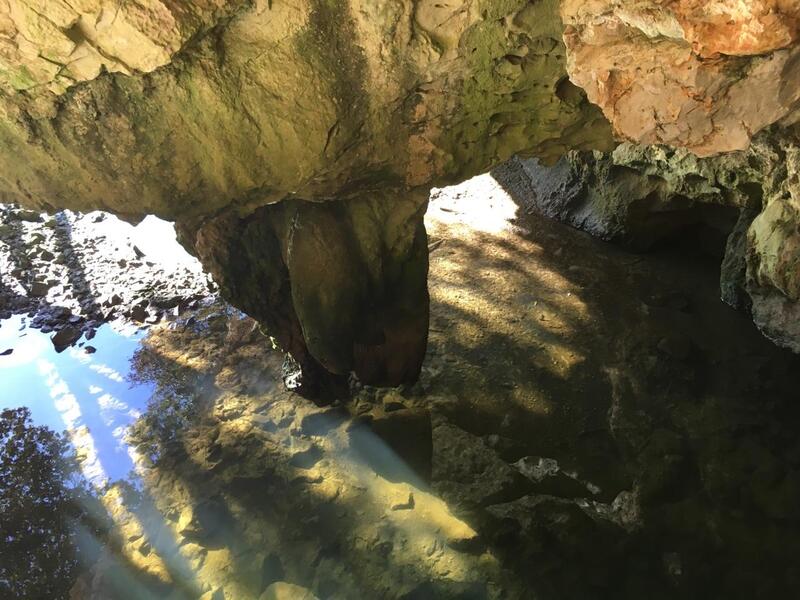
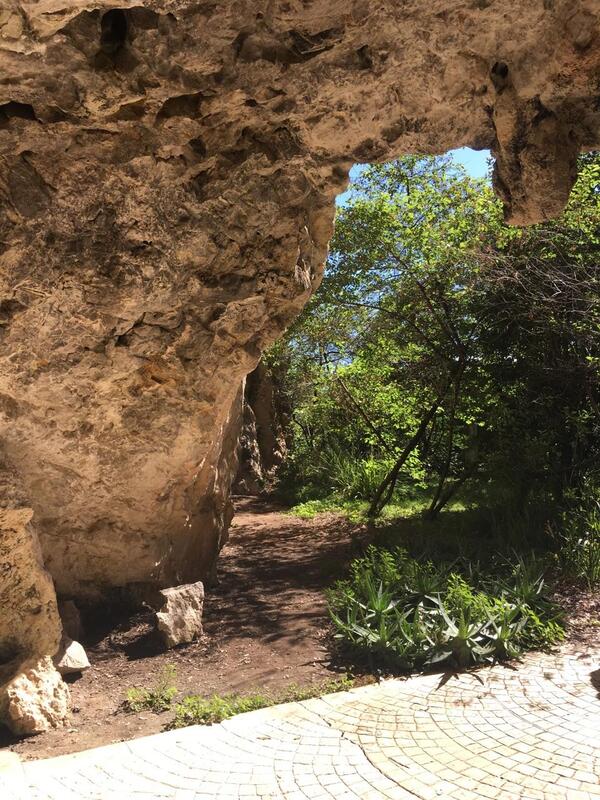
 RSS Feed
RSS Feed